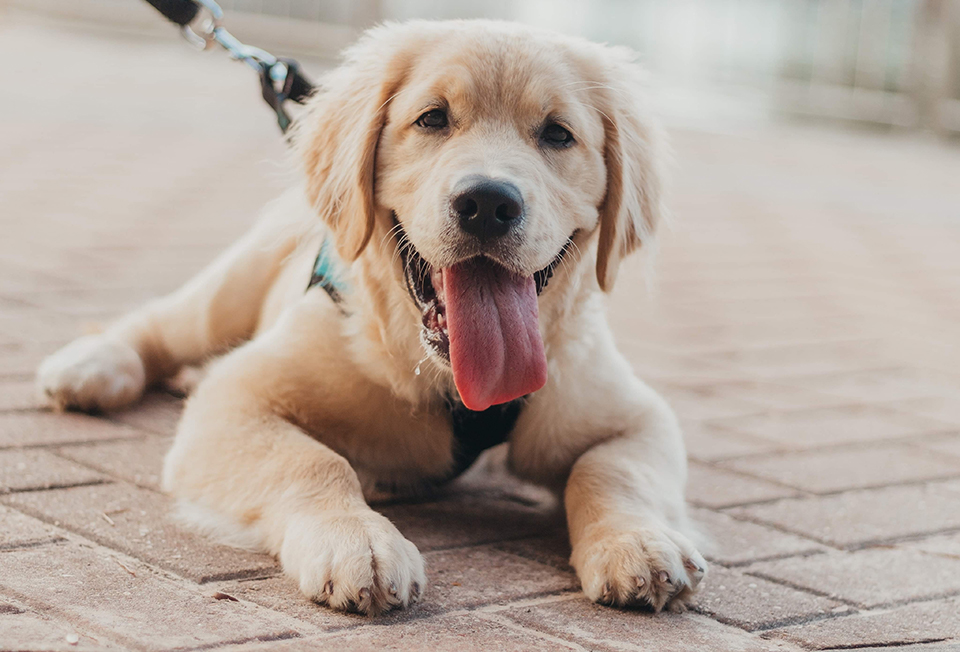
Warmer weather can bring many challenges to both dogs and their owners alike. Walks outdoors are still necessary but can get uncomfortable for both; the heat can be exhausting, and pollen and other allergens can make walks less enjoyable. But dogs face a challenge that their owners never will— and that is burned paws.
It’s not something humans think about because our “paws” are covered by footwear. But a dog’s paws are susceptible to heat damage. On hot days, sidewalks and pavements can reach temps over 140 degrees Fahrenheit.
So what is a pet owner to do? Dogs still need to go out for bathroom breaks and exercise regardless of the heat. Luckily, there are steps owners and pet walkers can take to protect your dog’s paws in summer and avoid injury on hot surfaces.
While this won’t cover every situation, walking your dog when it is cooler and less sunlight is a great way to provide their paws with some protection. During hours with lower temps and sunshine, your dog is less likely to sustain burns on their paws.
Coverings, aka “booties,” are quite common for dogs to wear in the wintertime. It protects their paws from the extreme cold and from being covered with the salts used to melt ice. These can work just as well during extreme heat. You can use anything from boots made for dogs or socks that have been converted to cover your dog’s paws.
Grass can still be extremely hot during peak hours; however, it won’t reach the same high temperatures than sidewalks and pavements do. Try using grass surfaces for short periods if your dog needs a walk during peak sunlight and heat. Utilize shaded areas when possible.

Another trick to protect a dog’s paws from extreme cold and toxic melting salts during the winter. And it is just as effective during the heat. Rub the wax onto the pads of their feet before taking them for a walk. It will provide a layer of protection.
Since humans wear shoes, we don’t always realize how hot the pavement is to our dogs.
Before taking your dog out, check the temperature of the pavement with your h and.
Touch your h and to the sidewalk. Does it feel too hot for your skin? If so, it’s too hot for your dog’s paws without protection. Some pet walkers have a thermometer and use that to check surface temps, but your h and is just as effective.
To help a dog dealing with burns or blisters to their paws, take the following steps:
When warmer weather arrives, our first instinct is to go outdoors with our dogs. Before we do, we need to take a few small precautions to make sure it is safe. Check the pavement temperature before you head out with your canine friend. If the pavement is too hot, protect their feet with booties or a protecting balm.